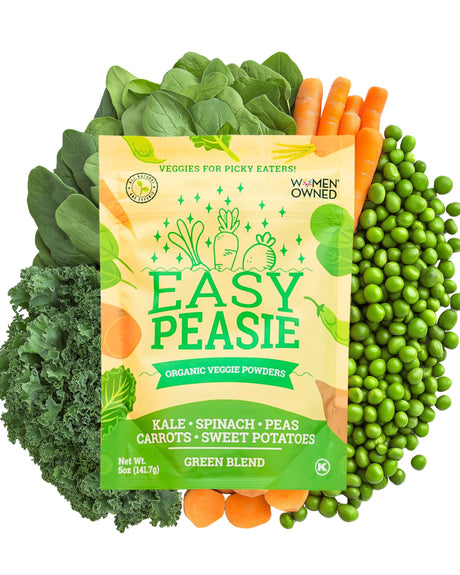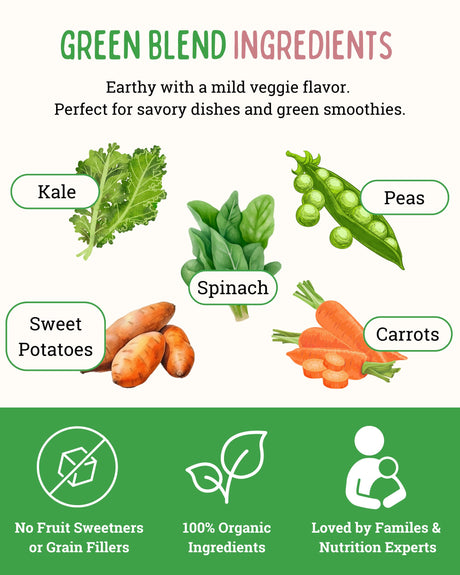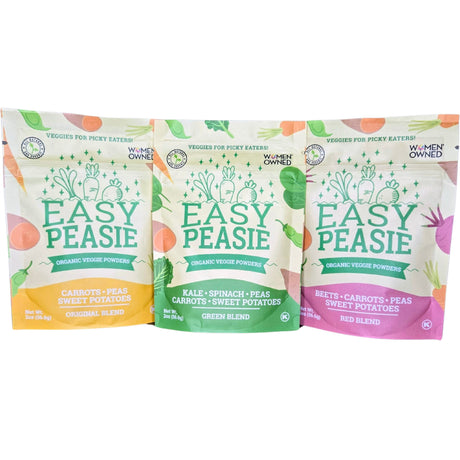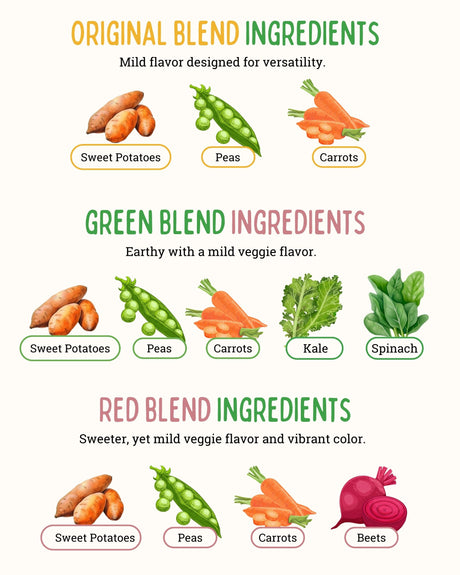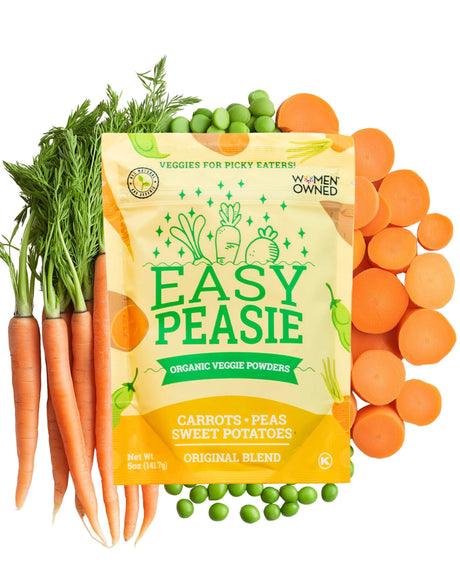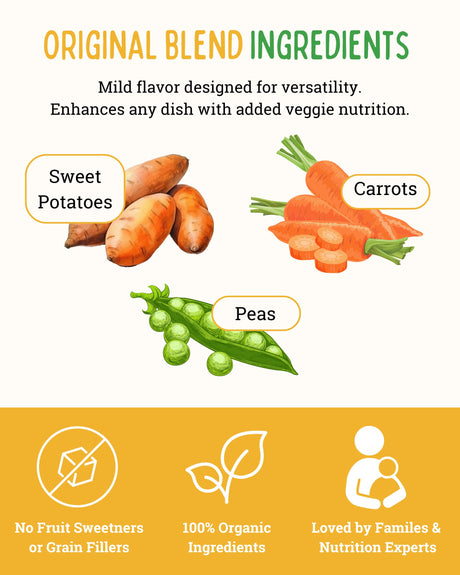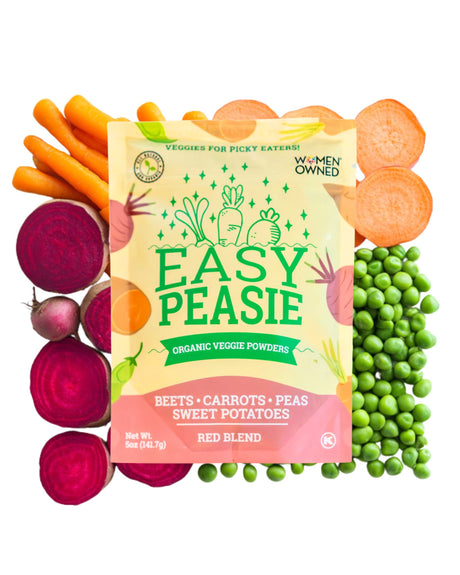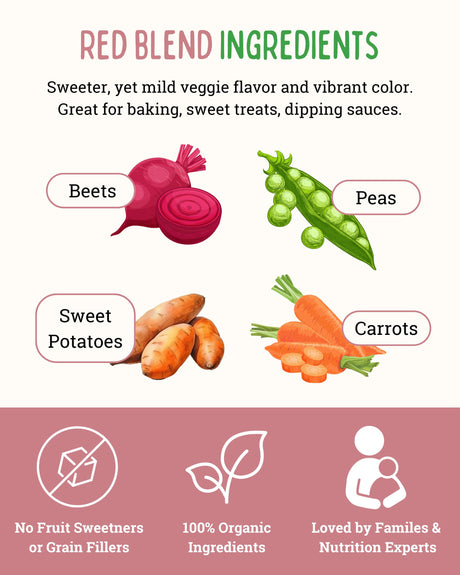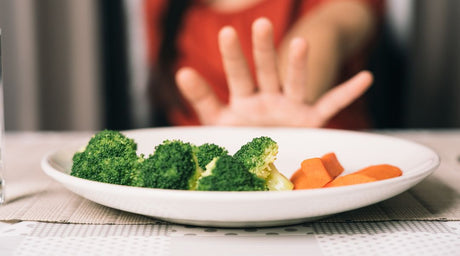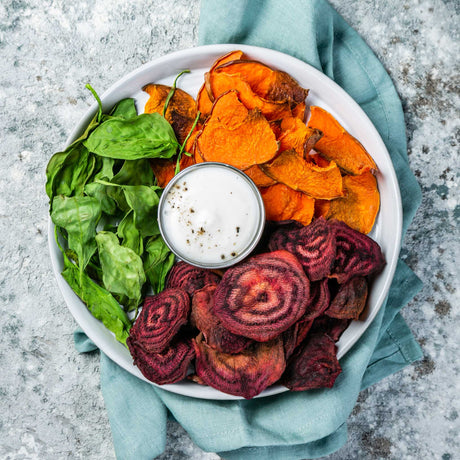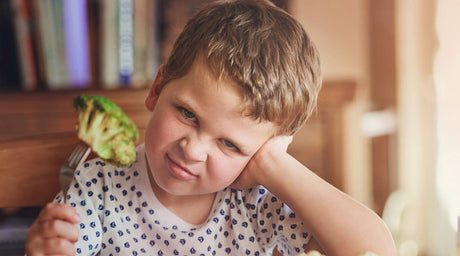Fueling School Success with Healthy Lunches
School lunches play a pivotal role in a child's daily life. They provide the fuel needed for those little minds and bodies to thrive in the classroom and beyond. As parents, caregivers, or responsible adults, we hold the key to shaping their dietary habits and ensuring they have access to nutritious meals.
In this blog, we'll delve into the vital topic of healthy lunchbox ideas for school-aged children, aiming to make the task of packing a balanced lunch both manageable and enjoyable.
Balanced Nutrition for Growing Minds
Balanced nutrition is not just a buzzword; it's the cornerstone of a child's growth and development. School-age children are at a crucial stage where their bodies are rapidly changing, and their brains are hungry for knowledge.
Proper nutrition provides the building blocks they need to thrive academically, socially, and physically. A well-considered lunchbox can contribute significantly to their overall health and well-being.
The Lunchbox Dilemma
As parents and caregivers, we often face the lunchbox dilemma: how to pack a lunch that's not only nutritious but also appealing enough for our picky eaters. The challenge lies in finding that perfect balance between foods they love and foods that nourish them.
Fear not; in the following sections, we'll explore practical strategies and creative ideas to tackle this challenge head-on. Get ready to embark on a journey to discover enticing and wholesome lunchbox options that your school-goers will adore.
Fueling Growing Bodies: School-Age Nutritional Needs
School-age children have unique nutritional needs that play a fundamental role in their growth, development, and ability to thrive academically and socially. Understanding these requirements is essential for parents and caregivers when planning nutritious school lunches.
Balancing Act: Macronutrients and Micronutrients
To provide school-age children with the best foundation for their health and learning, it's crucial to focus on both macronutrients and micronutrients.
- Macronutrients: These are the nutrients that provide energy and support physical growth. Carbohydrates, found in grains, fruits, and vegetables, are a primary source of energy. Proteins, present in meats, dairy, and legumes, are essential for growth and muscle development. Healthy fats, such as those in nuts, seeds, and fatty fish, aid brain function and overall health.
- Micronutrients: These are the vitamins and minerals that play various roles in maintaining health. Iron supports cognitive development and is found in lean meats and beans. Calcium is essential for strong bones and teeth and is abundant in dairy products. Vitamins like A, C, and D are crucial for immune function and overall well-being, found in colorful fruits and vegetables.
Sustaining Energy and Focus Through Lunch
School-age children's energy levels can fluctuate throughout the day, and a well-balanced lunch helps maintain their stamina and concentration. A meal rich in complex carbohydrates, lean proteins, and healthy fats provides sustained energy without the sugar crashes associated with processed snacks.
- Complex Carbohydrates: Foods like whole grains (whole wheat bread, brown rice), fruits, and vegetables release energy slowly, preventing energy dips during the school day.
- Lean Proteins: Including lean proteins like chicken, turkey, beans, or yogurt keeps hunger at bay and supports muscle growth and repair.
- Healthy Fats: Fats from sources like avocados, nuts, and olive oil support brain health and help kids stay focused in class.
Proactive Planning for Nutritional Success

When it comes to ensuring your school-age child enjoys healthy lunches, planning ahead is your secret weapon. The benefits of meal planning and preparation extend far beyond just nutrition; they also save time, reduce stress, and promote better food choices.
The Advantages of Meal Planning
Meal planning serves as a nutritional roadmap for your child, ensuring they receive a variety of essential nutrients, even the ones they may not be overly excited about. This approach offers several key benefits. Firstly, it promotes nutrient variety, guaranteeing your child's balanced growth and development by incorporating a diverse range of foods.
Secondly, it enhances time efficiency, preventing hectic morning rushes and last-minute lunchbox chaos. Lastly, it reduces stress, making mornings more enjoyable for both you and your child. Meal planning is your tool for nourishing your child's body and mind while streamlining your daily routine.
Efficient Planning and Packing
Create a weekly menu that encompasses a wide range of foods, simplifying both your grocery shopping and ensuring your child gets a diverse array of nutrients. Additionally, prepping items like vegetables, fruits, and proteins over the weekend can substantially expedite the lunch-packing process.
Utilize reusable containers for portion control, simplifying morning routines by allowing easy grabbing and packing. Efficient planning and packing are essential for hassle-free and nutritious school lunches.
Balanced Components for a Nutrient-Packed Lunchbox

Protein Power
Protein is the building block for growing bodies. Include sources like lean meats, poultry, fish, beans, or tofu. These foods provide essential amino acids for muscle development and overall health. For most school-age children, a portion size of 2-3 ounces is suitable.
Wholesome Grains
Whole grains are an excellent source of sustained energy and essential nutrients. Opt for whole wheat bread, brown rice, or whole-grain pasta to keep your child feeling full throughout the day. Depending on your child's age and activity level, 1-2 servings of grains are typically recommended.
Fruity Delights
Fruits offer a natural source of vitamins, minerals, and dietary fiber. Incorporate a variety of fruits like apple slices, berries, or orange segments. A serving of ½ to 1 cup is generally ideal, depending on your child's age and appetite.
These balanced components form the foundation of a nutritious lunchbox, ensuring your child receives the essential nutrients they need for growth, energy, and concentration. Remember to customize portion sizes based on your child's age and individual preferences to create a wholesome and satisfying meal.
Protein Power for Nutritious Lunches
Variety of Protein Sources
When packing a lunch that packs a protein punch, it's essential to offer a diverse range of sources. Consider lean meats like turkey or chicken, which make delicious sandwich fillings. You can also opt for canned tuna or salmon for a quick and easy protein boost.
Don't forget about eggs; hard-boiled eggs or egg salad sandwiches are kid-friendly options. For plant-based protein, include legumes like chickpeas or black beans, which can be added to salads or made into tasty hummus. Tofu, whether in stir-fries or as a sandwich filling, is another excellent choice.
Vegetarian and Vegan Options
Catering to different dietary preferences is important. If your child follows a vegetarian or vegan diet, there are plenty of protein-packed options to explore. Consider incorporating plant-based proteins like tempeh or seitan, which can be used in wraps or sandwiches.
Nut butters, such as almond or peanut butter, spread on whole wheat bread, offer a tasty and protein-rich alternative. Hummus and guacamole can be paired with veggie sticks for a satisfying plant-based snack. By including these vegetarian and vegan protein sources, you ensure that all children can enjoy a protein-packed lunch that suits their dietary choices.
Whole Grains Galore: Fuel for the Day
Whole Grain Options
When it comes to providing sustained energy for your child's day at school, whole grains are the way to go. These wholesome options offer essential nutrients and fiber. Consider whole wheat bread for sandwiches; its nutty flavor and texture are kid-approved. Brown rice is an excellent choice for grain-based salads or sides.
Quinoa, with its nutty taste and protein content, can be added to salads or served as a warm side dish. Whole grain pasta, which comes in various shapes, adds a fun twist to lunch with its health benefits.
Benefits of Whole Grains
Whole grains are a powerhouse of nutrients. They provide complex carbohydrates that release energy gradually, keeping your child energized and focused throughout the school day. In addition, whole grains are packed with fiber, which aids in digestion and helps your child feel full and satisfied until their next meal or snack.
These grains also contain essential vitamins and minerals, contributing to overall health. By incorporating whole grains into your child's lunchbox, you're ensuring they have the energy and nutrients needed for optimal performance.
Fruit and Veggie Variety: Nature's Rainbow

Encourage Colorful Choices
When it comes to fruits and vegetables, variety is key. Encourage your child to explore the colorful spectrum of nature's offerings. A diverse selection of fruits and veggies ensures a wide range of nutrients, vitamins, and minerals.
Opt for vibrant options like strawberries, blueberries, carrots, bell peppers, and broccoli. The more colorful the plate, the more diverse the nutrients your child receives.
Creative Appeal
Making fruits and vegetables appealing to kids can be a fun challenge. Consider preparing fruit kabobs with chunks of pineapple, melon, and grapes. Add a small container of yogurt for dipping. For veggies, try colorful wraps using lettuce leaves or whole-grain tortillas filled with sliced cucumbers, bell peppers, and hummus.
Creative presentations, like smiley faces made from cherry tomatoes and sliced cucumbers, can add an element of playfulness to their lunch. By involving your child in choosing and preparing these colorful options, you can make healthy eating an enjoyable experience.
Dairy or Dairy Alternatives: Building Strong Bones
Calcium Matters
Calcium is a vital nutrient for children's growing bodies, especially for building strong bones and teeth. Including dairy or dairy alternatives in their lunchbox can help meet their calcium needs. Dairy options like low-fat yogurt, cheese, and milk are excellent sources of this essential mineral.
A serving of 1 cup of milk or yogurt, or 1-2 ounces of cheese, provides a substantial dose of calcium.
Lactose Intolerance and Allergies
Some children may have lactose intolerance or dairy allergies, making it necessary to explore alternative sources of calcium. Fortunately, there are plenty of dairy-free options available. Almond milk, soy milk, and coconut yogurt are suitable alternatives.
Look for fortified versions of these products to ensure your child still receives essential nutrients like calcium and vitamin D.
Avoiding Unhealthy Pitfalls: Choose Wisely

Spotting Sugary Snacks
It's essential to keep an eye out for common unhealthy lunch box items that can sneak in. Sugary snacks like candy bars, fruit-flavored gummies, and sweetened cereals may seem convenient, but they can lead to energy spikes and crashes, affecting your child's concentration. Avoid these empty-calorie culprits and opt for nutrient-rich alternatives.
Healthier Alternatives
Instead of sugary snacks, consider packing whole-grain crackers with hummus, a small portion of mixed nuts, or Greek yogurt with fresh berries. These options provide sustained energy and essential nutrients without the sugar rush.
Sugar-Laden Beverages
Sugary beverages like soda, fruit juices, and energy drinks can add unnecessary sugar and empty calories to your child's diet. It's best to steer clear of these sugary culprits and choose better options.
Hydration Heroes
Encourage your child to stay hydrated with water or low-fat milk. If they prefer flavored beverages, consider infusing water with slices of citrus fruits or offering 100% fruit juice in moderation. These choices help keep your child properly hydrated without excessive sugar intake.
In Summary: Nurturing Health Through Lunch Boxes
Building Blocks of a Balanced Lunch
Crafting a well-balanced lunchbox for your child is akin to offering them a daily dose of nutrition and vitality. Ensure their meal includes protein for growth, whole grains for sustained energy, a rainbow of fruits and vegetables for essential nutrients, and calcium sources for strong bones.
Fostering Good Habits
By packing a lunch box filled with balanced components, you're instilling healthy eating habits that can benefit your child throughout their life. These nutrient-rich meals support their growth, concentration, and overall well-being.
Smart Swaps
Say goodbye to sugary snacks and drinks and opt for smarter alternatives like whole-grain crackers, fresh fruits, mixed nuts, water, or flavored water with natural infusions.
Consult and Adapt
Remember that consulting with healthcare professionals can provide personalized guidance based on your child's specific needs, dietary preferences, and any allergies or intolerances.
By investing in the nutritional well-being of your child through their lunchbox, you're nurturing their growth, concentration, and overall health. These small but meaningful choices can pave the way for a healthier and happier school experience, setting the stage for lifelong good eating habits.


